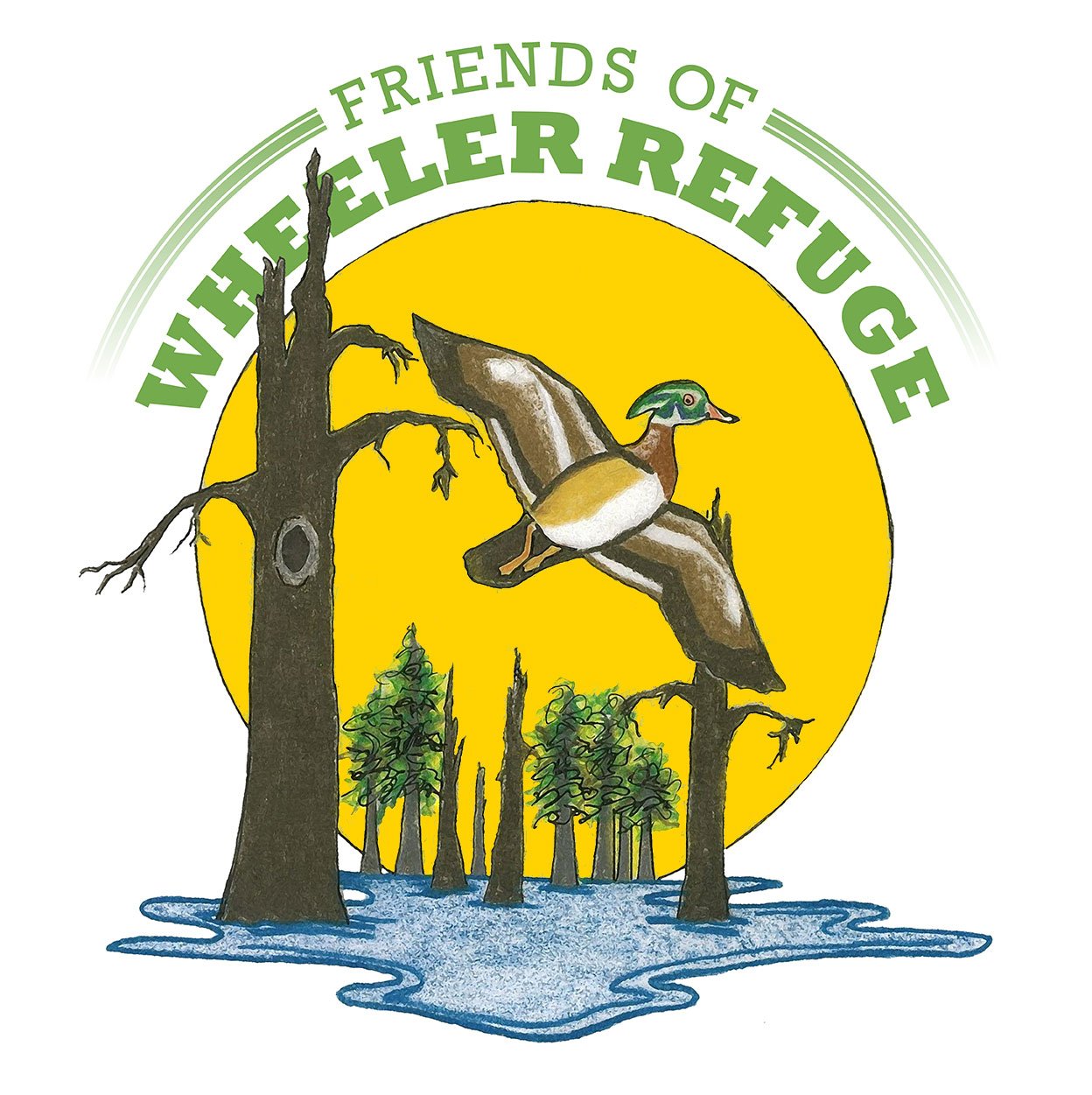River Birch
Betula nigra River Birch, Red Birch
So named for its preference of growing along rivers, streams and frequently flooded locations, it is sometimes, particularly in older references, also known as Red Birch for the range of colors of the bark on younger portions of the tree. While older bark tissue uniformly presents colors in the dark brown/gray range, younger sections of the tree present very light, cream-white to salmon pink and reddish-brown tones.
With seedling grown trees (each being a genetically distinct individual) coloration varies from individual to individual; cultivated selections of the tree, always indicated by an additional name added to the botanical name, are identical to one another with the same name. Both types are commonly offered for sale.
Bark color aside, all trees produce bark tissue that peels up in irregular flakes, patches and layers (botanical term for this is “exfoliating”) with the bark closet to the core of the trunk being the lightest in color. This is a highly distinctive characteristic of River Birch. These are fast growing trees that may easily stretch up and out 2’ per year (an American Holly could be expected to achieve 6” per year) and are extremely tolerant of soil types, including those with high clay content and varying soil moisture conditions - they do not need “wet feet” to grow well.
While it will be some months before we all appreciate the return of Spring, there are plenty of interesting features to experience in the winter landscape. For a fine example of an older River Birch in a landscape situation, come visit our Brandywine Museum of Art in Chadds Ford and experience the tree growing within our newly redesigned front entrance, a tree that has greeted all visitors to the museum since 1971.
Courtesy of Mark Gormel
Senior Manager of Horticulture
Brandywine Conservancy & Museum of Art (Chadds Ford, Pennsylvania)




